Space
Sign up for our newsletter
We summarize the week's scientific breakthroughs every Thursday.
-
 Computing
ComputingConcerns about drones, how to hunt exoplanets and more reader feedback
Readers discuss the potential impacts of human-made fliers and muse about the advantages a poker-playing computer program has over human opponents.
-
 Cosmology
CosmologyIn era of collaboration, individual initiative can still pay off
A risky venture to study cosmic ray particles offers no guarantee of success, but it may help answer two of the biggest questions in physics.
By Eva Emerson -
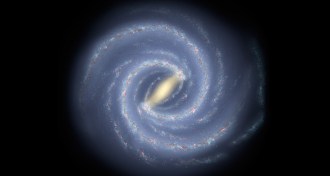 Astronomy
AstronomyRemote star clusters discovered on edge of Milky Way
Two newly discovered star clusters are the first ever seen at the remote edges of the Milky Way.
-
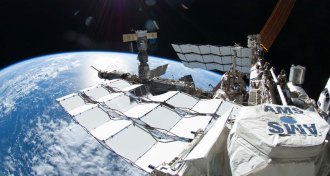 Particle Physics
Particle PhysicsSam Ting tries to expose dark matter’s mysteries
Particle physicist Sam Ting is applying a meticulous approach to analyzing positrons in space, testing whether they can reveal clues about dark matter.
By Andrew Grant -
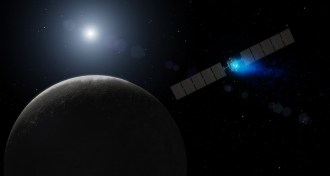 Planetary Science
Planetary ScienceDawn spacecraft arrives at dwarf planet Ceres
The Dawn spacecraft arrives at Ceres to begin a 14-month investigation of the dwarf planet.
-
 Astronomy
AstronomySupernova hurls star out of the galaxy
The fastest-moving star to leave the Milky Way might have been launched by a nearby exploding star.
-
 Astronomy
AstronomyHubble telescope sees quadruple
A galaxy bends light to create four images of the same supernova.
-
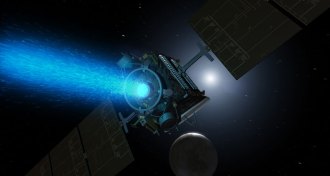 Planetary Science
Planetary ScienceDawn spacecraft on final approach to Ceres
Dawn gets ready to enter the first orbit of its 14-month visit to the dwarf planet Ceres.
-
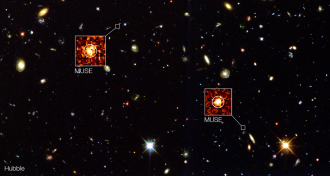 Astronomy
AstronomyHundreds of galaxies seen in a new 3-D view of the universe
A new instrument lets astronomers measure the distances to hundreds of galaxies at once, looking back across the age of the universe.
-
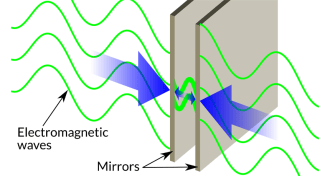 Quantum Physics
Quantum PhysicsTrying to get the down-low on gravity
A twist on a classic quantum mechanics experiment could lead to the discovery of elusive gravitons.
By Andrew Grant -
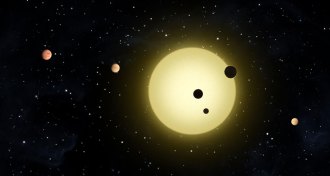 Astronomy
AstronomyPlanet collisions may have rearranged crowded solar systems
Solar systems discovered by Kepler with just one or two worlds may be remnants of planet families that were once far more crowded.
-
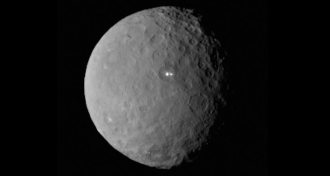 Planetary Science
Planetary ScienceMysterious bright spot on Ceres has a partner
A new image from the Dawn spacecraft finds two bright patches within a basin, possibly caused by an ice volcano.